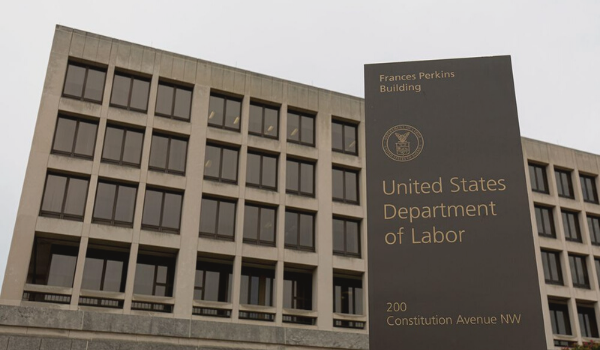On March 24, 2020, the Department of Labor (DOL) issued an FAQ to provide guidance for the Families First Coronavirus Response Act (the “Act”). This is their first effort at answering some questions.
What do we know from this guidance?
1) Paid Leave Provisions Begin April 1st
The Act’s paid leave provisions are effective April 1, 2020, and will extend to December 31, 2020.
This is slightly interesting in that the Act says it will become effective April 2, 2020. The FAQ provides no explanation for why the DOL changed the effective date of the Act’s provisions.
It says the relevant date for making this determination is the date that an employee requests leave under the Act.
So, for example, if, on the date that Jim asks for leave under the Act, the employer has 505 employees, Jim is not eligible for paid leave under the Act.
However, if, a week later, when John asks for leave, the employer has 495 employees, then John is eligible for leave under the Act.
2) Independent contractors are not covered under the Act
If an employer has multiple locations, employees in all locations are considered when tallying the total number.
However, if a corporation has an ownership interest in another corporation, the corporations are generally treated as separate entities, unless they are considered joint employers under the Fair Labor Standards Act.
3) The Act Only Applies For Businesses With Under 500 Employees
The FAQ makes clear that the Act does not apply to employers with more than 500 employees.
4) Fewer Than 50 Employees May Be Exempt
Employers with fewer than 50 employees may be exempt from the requirements of the Act. The criteria for the exemption will be addressed in the regulations.
5) Part-Time Employees Are Entitled To Benefits
A part-time employee is entitled to be paid for the average number of hours worked. You calculate their paid leave period based upon the number of hours that the employee is normally scheduled to work. If the normal hours are unknown or the employee’s hours fluctuate, then you can use a 6-month average.
6) Sick Pay and Overtime Are Included, With Capped Hours
When calculating sick pay, overtime hours are included. However, the amount of hours are capped at 80. So, if an employee is scheduled to work 50 hours in one week, you can pay for 50 hours for that week. But, the employee can only be paid for 30 hours the next week.
7) Family And Medical Leave Sick Pay Is Calculated Differently
The payment rates for paid sick leave and family and medical leave under the Act are different. So, it is important for you to determine under which part of the Act the employee seeks to qualify. An employee receiving sick pay is entitled to full pay with a cap of $511 per day. An employee taking family and medical leave is entitled to two-thirds of normal pay.
8) Benefits Are Not Retroactive
The Act is not retroactive. However, it provides a new and separate benefit. So, an employee who took sick pay before April 1, 2020, is still eligible to take sick pay under the Act after April 1, 2020.
We will provide more information as it becomes available from the Department of Labor.
Not sure how these changes affect your company?
Leave a comment below or contact us with your questions.

![Family First Coronavirus Response Act [Technical Memorandum]](https://rmcgp.com/hubfs/Imported_Blog_Media/business-table-scaled.jpg)

![Department of Labor Request [Compliance Update]](https://rmcgp.com/hubfs/Imported_Blog_Media/blue-globe-4.png)